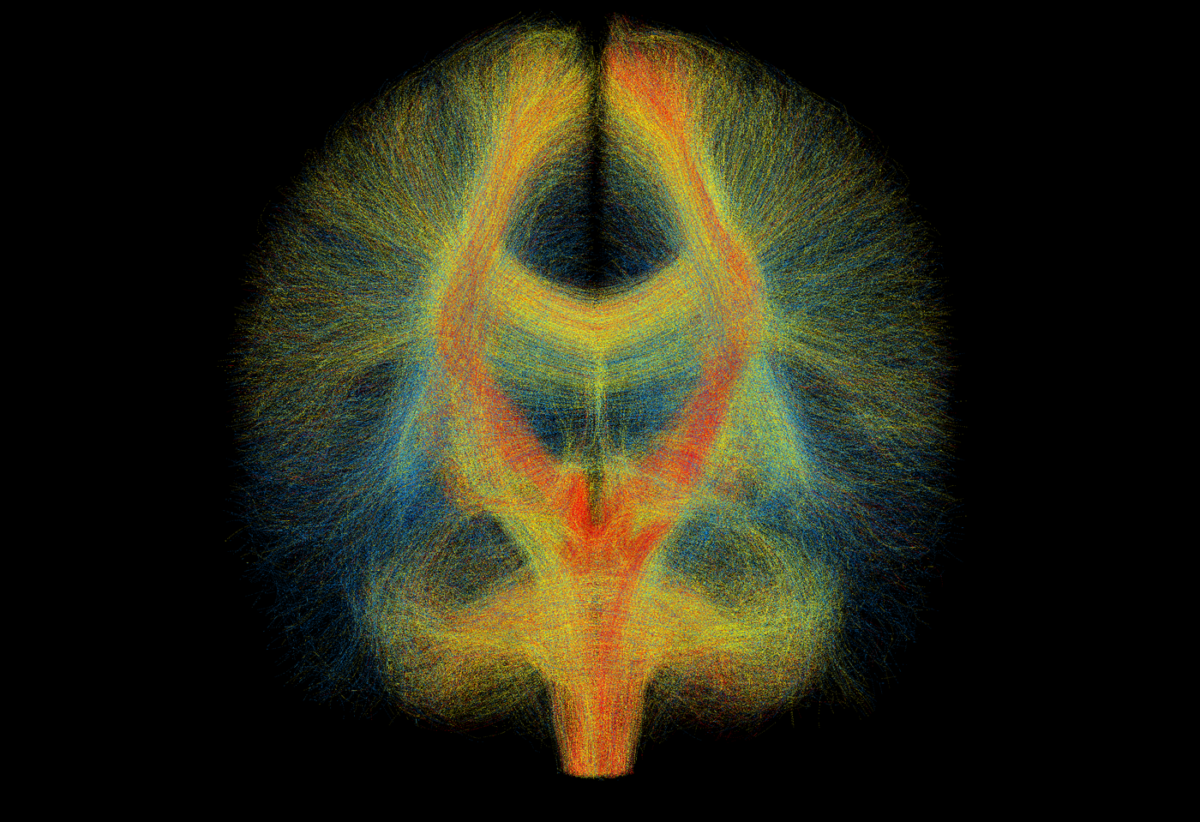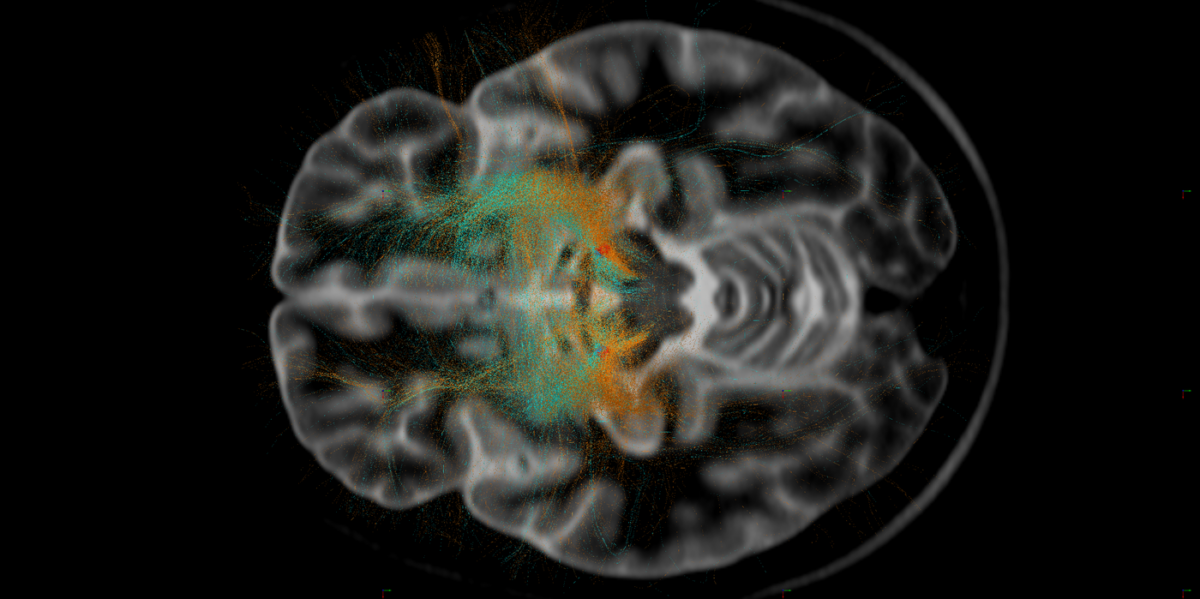The NeuroCure cluster of excellence takes visitors to the Humboldt Lab on a journey into the human brain and shows how electrical impulses originate shape in the brain. There are even plans to enable exhibition visitors to take a look at their own brain waves.
In a projection of swirling fish, countless butterflies, dinosaur skeletons, suspended objects and moving roller blinds, historic collectors’ items and models from current top-level research line up in the Humboldt Lab to form a “florilegium of things,” as Dr Gorch Pieken, the exhibition’s head curator, calls the selection.
Visitors take on board this abundance of images, text and movements, they sort, bundle and filter all these stimuli and evaluate them in their minds so that what they have seen makes sense or raises issues. But how does it function? How does the brain, our most complex organ, work?
In the Humboldt Lab, the Humboldt-Universität’s science exhibition in the Humboldt Forum, the NEUROCURE cluster of excellence invites visitors to take part in an expedition to the nerve centre of human beings. At a research station with monitors and touch screens the cluster, located at the CHARITÉ – UNIVERSITÄTSMEDIZIN BERLIN university hospital, offers insights into its research – and demonstrates playfully and interactively how the brain is constructed.
How does it react to unpleasant images? How does it handle the complex issues and problems on which light is shed in the exhibition? “Where do we look – and where do we look away?” Gorch Pieken asks. These, he says, are exciting issues raised in dealing with the human brain. In spite of a flow of new findings it still poses puzzles for science. “In many areas it is still uncharted territory,” the curator says.
Twenty-four professors and their research groups belong to the NeuroCure cluster of excellence, which has been funded since 2007 by the federal and state governments’ excellence initiative. Since 2019 it has received, as part of the excellence strategy, what will be a further seven years of funding with a focus on research into neurological and psychiatric disorders.
In the exhibition scientists will explain how electrical activity comes about in the brain and how it can be measured, says Dr Claudia Mahlke, business manager of the excellence cluster. The most important cells in the brain are nerve cells, or neurons, that that transmit information by means of electrical signals. Each of an estimated 90 billion neurons can be connected with thousands of others and can communicate with them.

